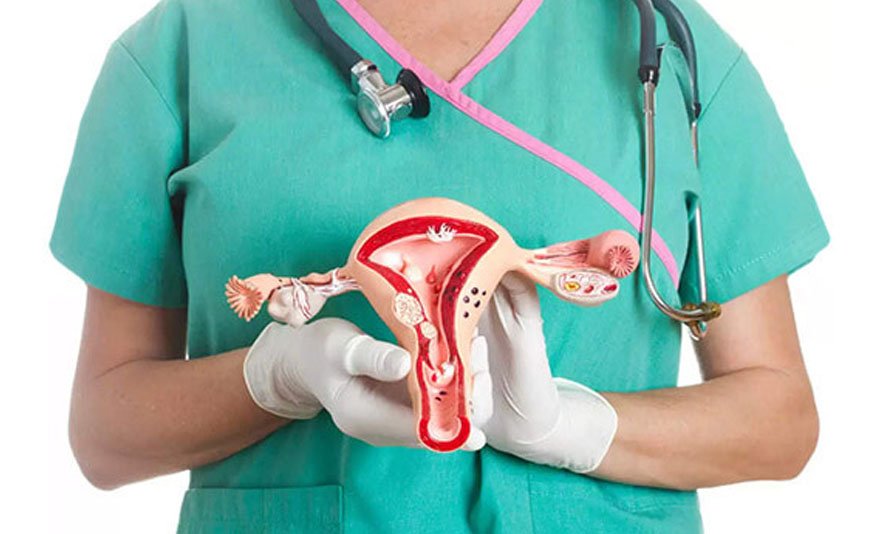
Gynaecologic cancers
Gynecologic cancers refer to a group of cancers that affect the female reproductive system, including the cervix, ovaries, uterus, fallopian tubes, and vulva. Each type of gynecologic cancer has unique characteristics, risk factors, and treatment options. Here is an overview of the most common gynecologic cancers:
-
Cervical Cancer:
- Location: Cervical cancer occurs in the cervix, the narrow lower part of the uterus.
- Risk Factors: Human papillomavirus (HPV) infection is the primary risk factor. Other factors include smoking, multiple sexual partners, and a weakened immune system.
- Screening: Regular Pap smears and HPV tests can help detect cervical cancer at an early, more treatable stage.
- Treatment: Treatment options include surgery, radiation therapy, chemotherapy, and targeted therapy.
-
Ovarian Cancer:
- Location: Ovarian cancer originates in the ovaries, the reproductive organs that produce eggs and hormones.
- Risk Factors: Risk factors include a family history of ovarian cancer, inherited genetic mutations (BRCA1 and BRCA2), and age.
- Symptoms: Symptoms are often vague and can include abdominal bloating, pelvic pain, and changes in bowel habits.
- Diagnosis: Ovarian cancer is usually diagnosed through imaging tests, blood tests, and surgery.
- Treatment: Treatment may involve surgery, chemotherapy, targeted therapy, and, in some cases, hormone therapy.
-
Uterine (Endometrial) Cancer:
- Location: Uterine cancer, also known as endometrial cancer, starts in the lining of the uterus (endometrium).
- Risk Factors: Risk factors include obesity, hormonal factors (such as estrogen therapy without progesterone), and certain genetic syndromes.
- Symptoms: Symptoms may include abnormal vaginal bleeding, pelvic pain, and pain during intercourse.
- Diagnosis: Endometrial cancer is often diagnosed through endometrial biopsy and imaging tests.
- Treatment: Treatment options include surgery (hysterectomy), radiation therapy, and chemotherapy.
-
Fallopian Tube and Primary Peritoneal Cancer:
- Location: These cancers are relatively rare and involve the fallopian tubes or the peritoneum (the lining of the abdominal cavity).
- Risk Factors: While these cancers are less common, they can occur in women with certain genetic mutations, such as BRCA1 and BRCA2.
- Symptoms: Symptoms are often nonspecific and can include abdominal pain and bloating.
- Diagnosis: Diagnosis typically involves surgery and histopathological examination.
- Treatment: Treatment options may include surgery, chemotherapy, and targeted therapy.
-
Vulvar Cancer:
- Location: Vulvar cancer affects the external genitalia, including the labia, clitoris, and vaginal opening.
- Risk Factors: Risk factors include age, HPV infection, smoking, and chronic skin conditions affecting the vulva.
- Symptoms: Symptoms may include itching, pain, and changes in the appearance of the vulva.
- Diagnosis: Diagnosis involves a biopsy of the affected tissue.
- Treatment: Treatment includes surgery, radiation therapy, and chemotherapy.
Early detection, timely diagnosis, and appropriate treatment are crucial for the successful management of gynecologic cancers. Regular gynecologic exams, screening tests, and discussions with healthcare providers can help identify risk factors and detect these cancers at an early, more treatable stage. Treatment plans are tailored to the specific type and stage of cancer and may include surgery, radiation therapy, chemotherapy, targeted therapy, immunotherapy, and supportive care.
